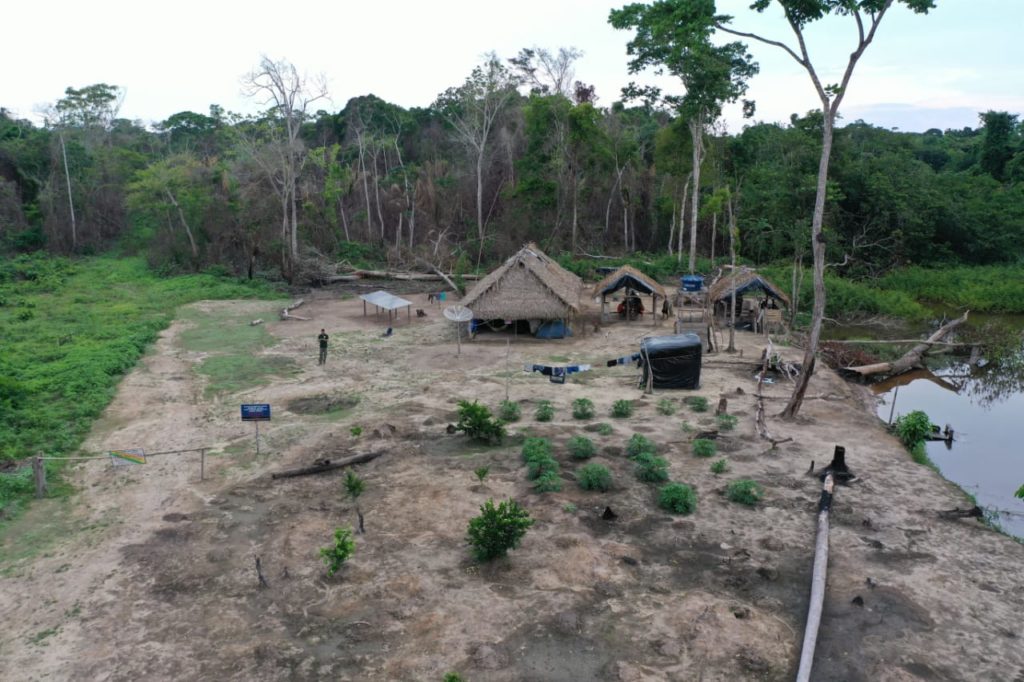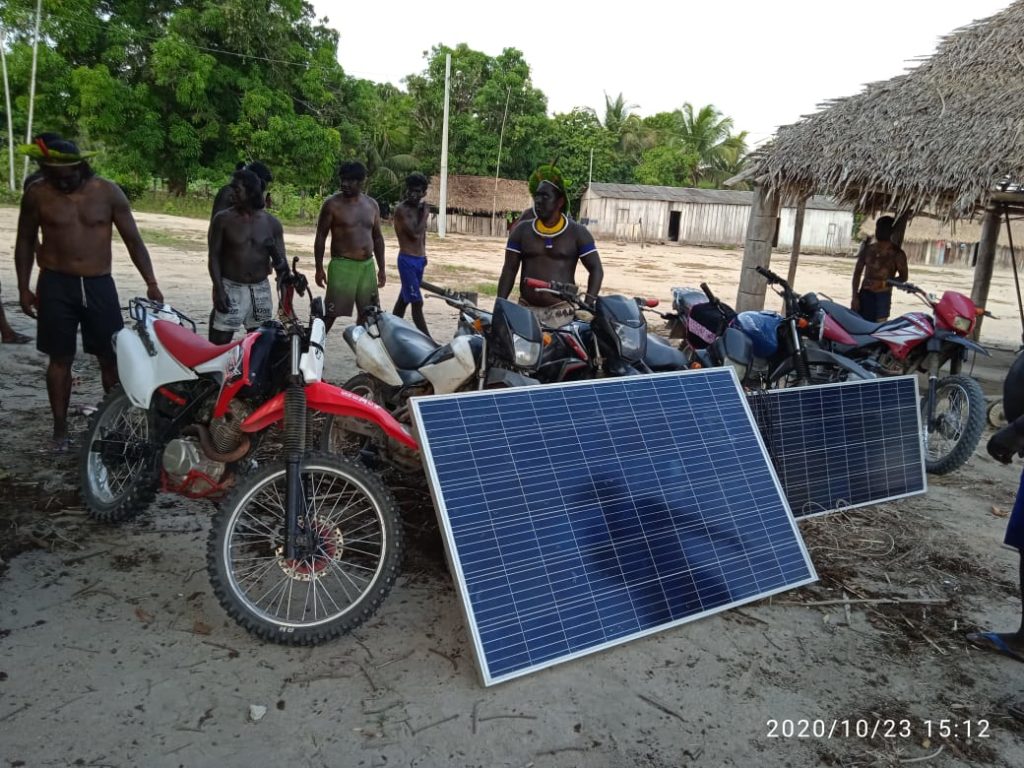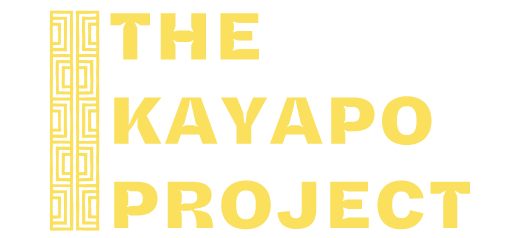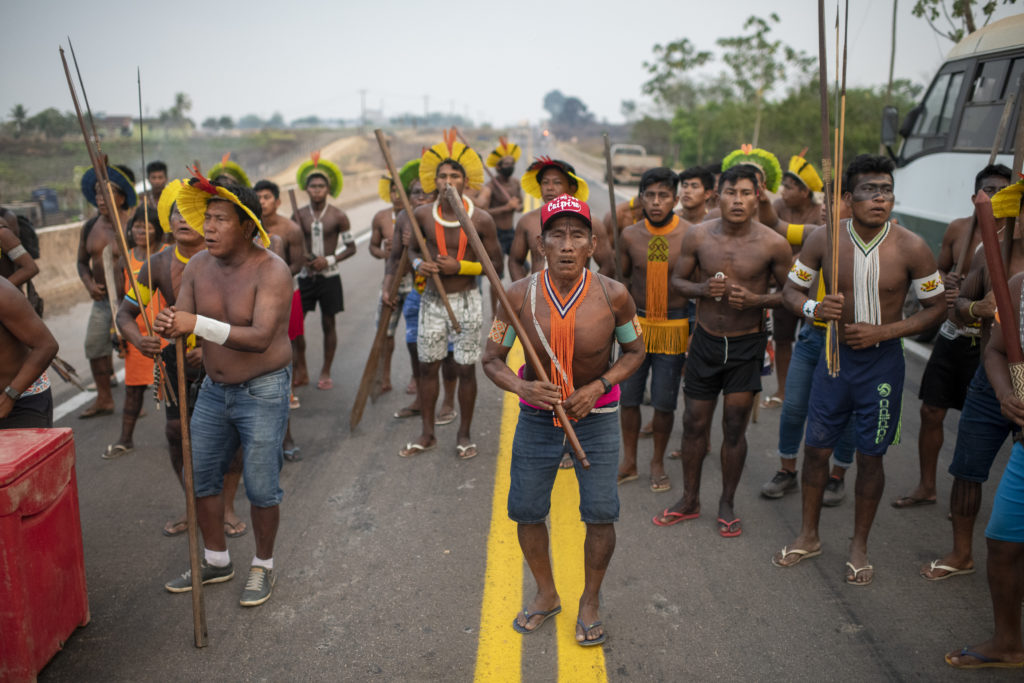
Dear Supporters of the Kayapo,
I write to update you on important Kayapo victories in 2020 made possible by your support.
The year began with an enormous front of black clouds building on the horizon. The Bolsonaro government is: refusing to enforce indigenous and other protected areas in the Amazon; working to de-legitimize environmental and indigenous NGOs with mandates of forest protection; pushing legislation to weaken indigenous rights and open indigenous lands to industry, and; blocking bilateral and other sources of funding for environmental and indigenous NGOs working in the Amazon (eg. the Amazon Fund created by Norway).
The situation faced by the Kayapo in 2020 is exactly that faced by the warrior tribes of the American plains in the 1800’s: vastly superior forces of a foreign capitalist power amassing to destroy them and take their land for ranching, mining and logging. The difference is that in the 21st century, there exist human rights laws, NGOs, international media and the internet whereas the Sioux of the American plains had no outside help and were, therefore, doomed. We know the Bolsonaro government too shall pass. In the meantime, the Kayapo alliance will continue to out-manoeuvre the dark side and will never surrender.
Your donations made possible the protection of over nine million hectares (23 million acres) of officially ratified Kayapo territory through 2020, even as pressure by illegal loggers and goldminers ramped up in a region of lawlessness with no government enforcement of indigenous areas. An unexpected very bright spot in 2020 was that the Kayapo proved to be little affected by Covid 19. They rarely become ill with the virus and tell us this is because they are taking traditional medicine from the forest. Kayapo resistance to Covid meant that they were able to operate their guard post program; although opening was delayed by three months while pandemic precautions were being developed and before it became evident that Covid 19 was not serious for the Kayapo.
The guard post program is absolutely critical to ongoing Kayapo victory. Without this border defense system Kayapo lands would quickly be overrun by illegal goldmining, logging, ranching and land speculation. Guard posts are established at vulnerable entry points along the more than 2,000 km (1,600 miles) of border that the Kayapo must defend. The mere presence of guard posts deters invasion because they signal to local frontier society that the Kayapo are organized for defense. Important as well, guard posts provide equitably distributed income for several hundred Kayapo families to be able buy necessities; especially important in a year when other programs of sustainable development were unable to function because of the pandemic.
2020 Kayapo Project Highlights:
-
10 border guard posts operated from June through mid-December and no new invasions of Kayapo territory occurred
The Krimei guard post located at the Pitxaxa river on the mid-western border

The Xingu guard post controls access to 250 km of the mighty Xingu river wilderness

- In August the northwestern Kayapo represented by their NGO Instituto Kabu (IK) (https://www.kabu.org.br/) blockaded the BR 163 highway – the main export artery for soy and other agricultural products from the south – to protest the government blocking renewal of environmental compensation that is legally due the IK. The highway blockade forced a judicial review of the Kayapo’s case. The judge ruled in favour of the Kayapo deciding their case to be justified. The IK will pursue a lawsuit until their legally mandated environmental compensation is released. This is compensation that contributes significant support for administrative and programmatic function of the IK – and therefore, survival of the northwestern Kayapo who protect five million hectares of Kayapo territory
The northwestern Kayapo blockade the BR 163 highway at Novo Progresso, Para, in August 2020 to demand their right to environmental compensation for the deleterious impacts from this road on their land and communities
- On October 17th, after two days of travel by boat and by foot through the forest, 17 Kayapo warriors surprised 40 goldminers operating illegally in the northwestern Kayapo territory of Bau. The Kayapo surrounded the goldminers, instructed them shut down their machinery and gather at their camp. The goldminers were disarmed and then made to wait on their (illegal) airstrip where small planes sent by their masters ferried them back to town. The Kayapo allowed the goldminers to take their personal possessions, but they had to leave behind all their equipment and supplies which were then burned or confiscated. Before leaving for home, the Kayapo blocked off the airstrip with trees.

Discussing the raid in Bau village

Post raid: Kayapo display some of the equipment they confiscated from the goldminers
Your support for the Kayapo to continue to exist as Kayapo on Kayapo land is tied the survival of uncountable species of fauna and flora in one of the planet’s richest ecosystems. Kayapo land forms the last large block of forest surviving in the southeastern Amazon and therefore, is a refuge for the plant and animal species of the region.



